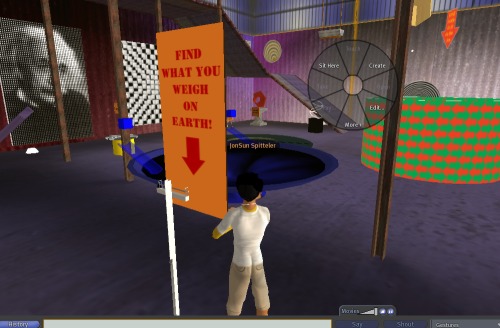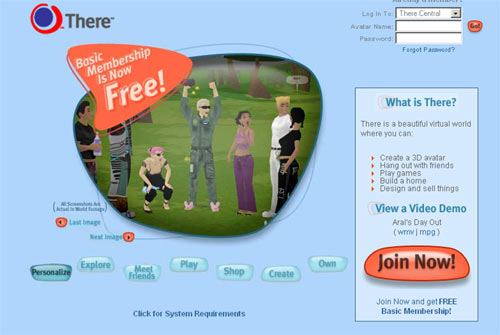A wired magazine report ‘How Madison Avenue Is Wasting Millions on a Deserted Second Life‘ looks at the the Second Life islands and experiences created by big business. Author Frank Rose speaks to executives from Coca-Cola, the National Basketball Association, wondering why they’ve put so much money into worlds with so few visitors:
Once you put in several hours flailing around learning how to function in Second Life, there isn’t much to do. That may explain why more than 85 percent of the avatars created have been abandoned. Linden’s in-world traffic tally, which factors in both the number of visitors and time spent, shows that the big draws for those who do return are free money and kinky sex. On a random day in June, the most popular location was Money Island (where Linden dollars, the official currency, are given away gratis), with a score of 136,000. Sexy Beach, one of several regions that offer virtual sex shops, dancing, and no-strings hookups, came in at 133,000. The Sears store on IBM’s Innovation Island had a traffic score of 281; Coke’s Virtual Thirst pavilion, a mere 27.
Wired editor and author of ‘The Long Tail‘ Chris Anderson recently held a book signing event in Second Life and has posted on his blog on ‘Why I gave up on Second Life‘
 There’s clearly a lot of high-quality work and research gone into this.
There’s clearly a lot of high-quality work and research gone into this.




